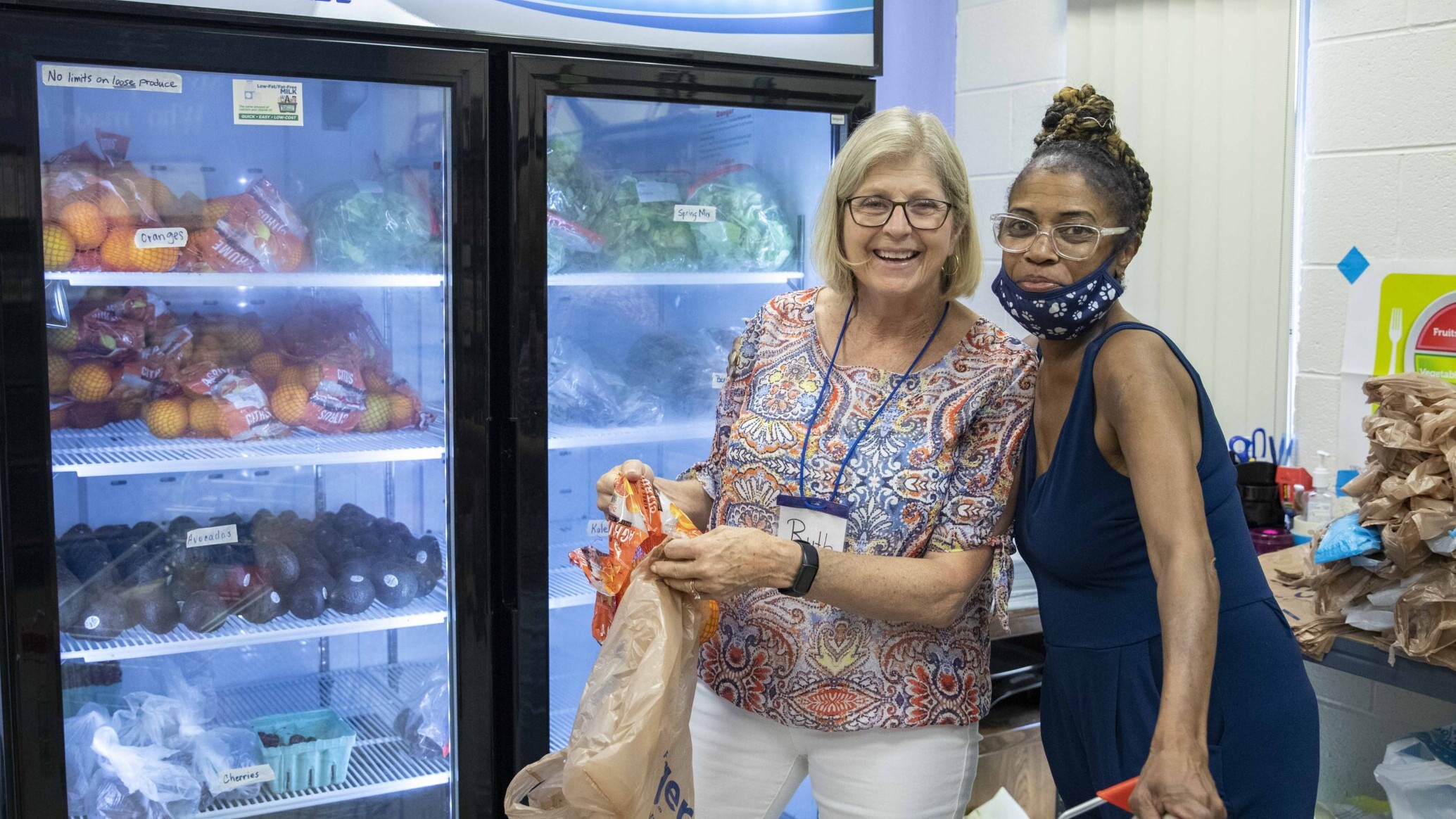With input from current guests, “missing” guests, and our partners, we have launched a new strategic direction for the Food Bank. The plan spans the next five years and brings us together to focus on important goals that build on what we already do—effectively and efficiently distribute healthy food. Our 5-year goals are to:
- Eliminate disparities in access to nutritious food (Click here to learn more about Goal 1)
- Improve the health of our guests
- Support household financial stability
By working together, we can make a real and lasting difference in the lives and well-being of the people we serve.
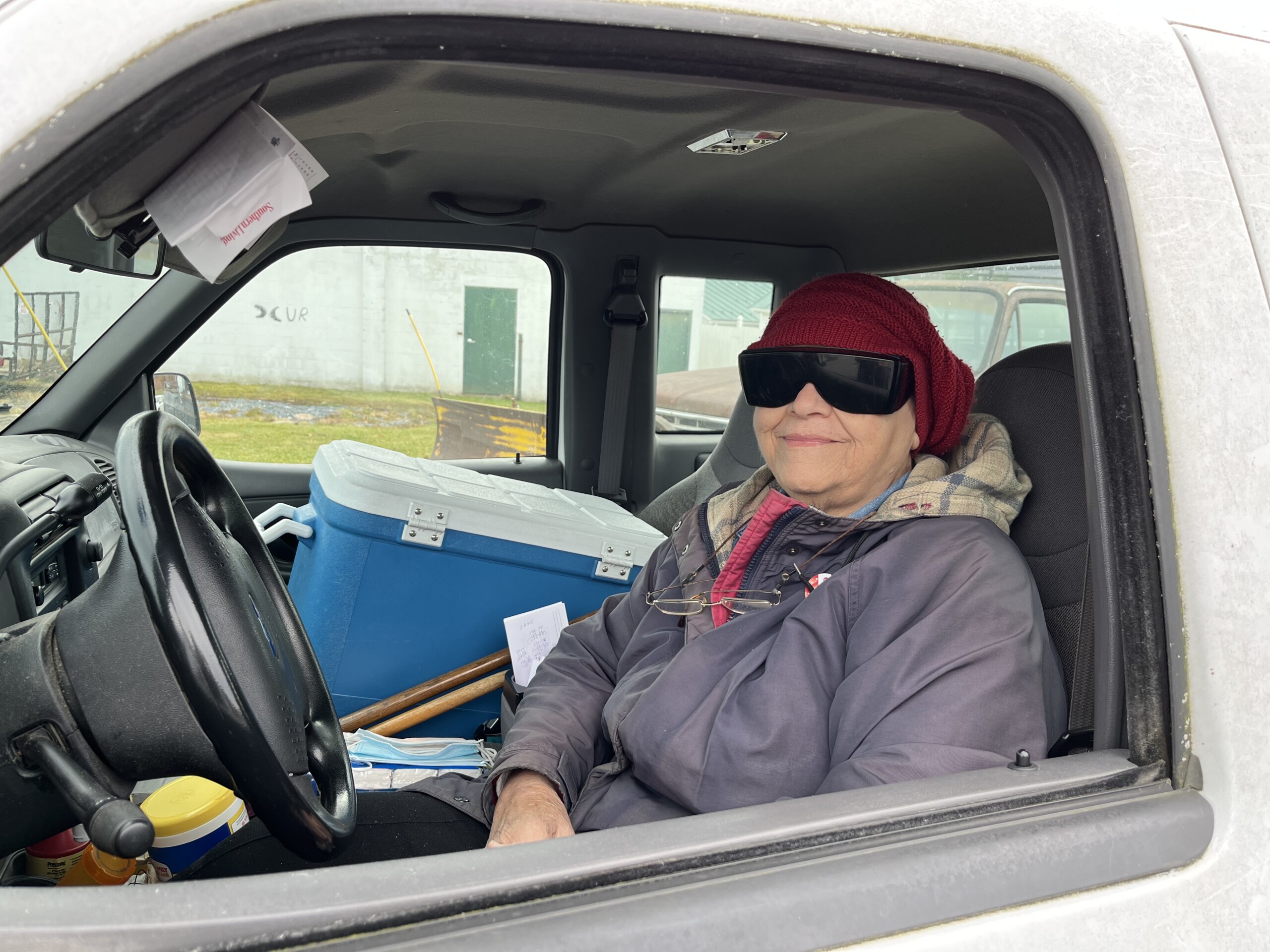
Meet Iris
Iris has diabetes and carefully monitors what she eats, keeping a food diary for each meal. Resourceful as well as diligent, if food doesn’t have a label, she looks up the nutritional value of the item in a book she bought at a library book sale.
About our Mobile Food Pantry, Iris said, “I am on SNAP… I find this is helpful too. Because I don’t travel out of the county—unless I’ve got a doctor’s appointment—to get groceries, this provides me with some of the fresh vegetables, and things like that, that I don’t normally get. It usually helps with some meats too, because basically, the dollar stores don’t have anything other than bologna and that kind of stuff, or processed foods.”
She loves the cheese, peanut butter, dried fruits, nuts, and fresh produce that the Food Bank provides. “Thanks to all who help with the Food Bank. Your work is appreciated and a great help to us low-income households.”
Goal: Improve the health of guests
Quite simply, food is health. The quality, variety, and quantity of what we distribute is vital to community health.
To meet this goal, we will prioritize access to nutritious and desirable foods. Specifically, here are the kinds of actions we’re taking:
- Sourcing nutrient-dense and culturally familiar foods that people want to eat and enjoy. We use custom software we developed with James Madison University, called Nourish, to achieve this objective.
- Providing medically tailored foods to patients in health clinics who screen for food insecurity, through our Food Pharmacy program. Working with five health care partners, we operate 19 program sites and are actively seeking more partnerships.
- Helping our pantry network—especially those who opt to join the Healthy Pantry Initiative—gain resources to support more health-focused and neighbor-centered practices.
- Using nutrition education outreach, called Walk the Line and SWAP, to influence healthy choice-making where we can.
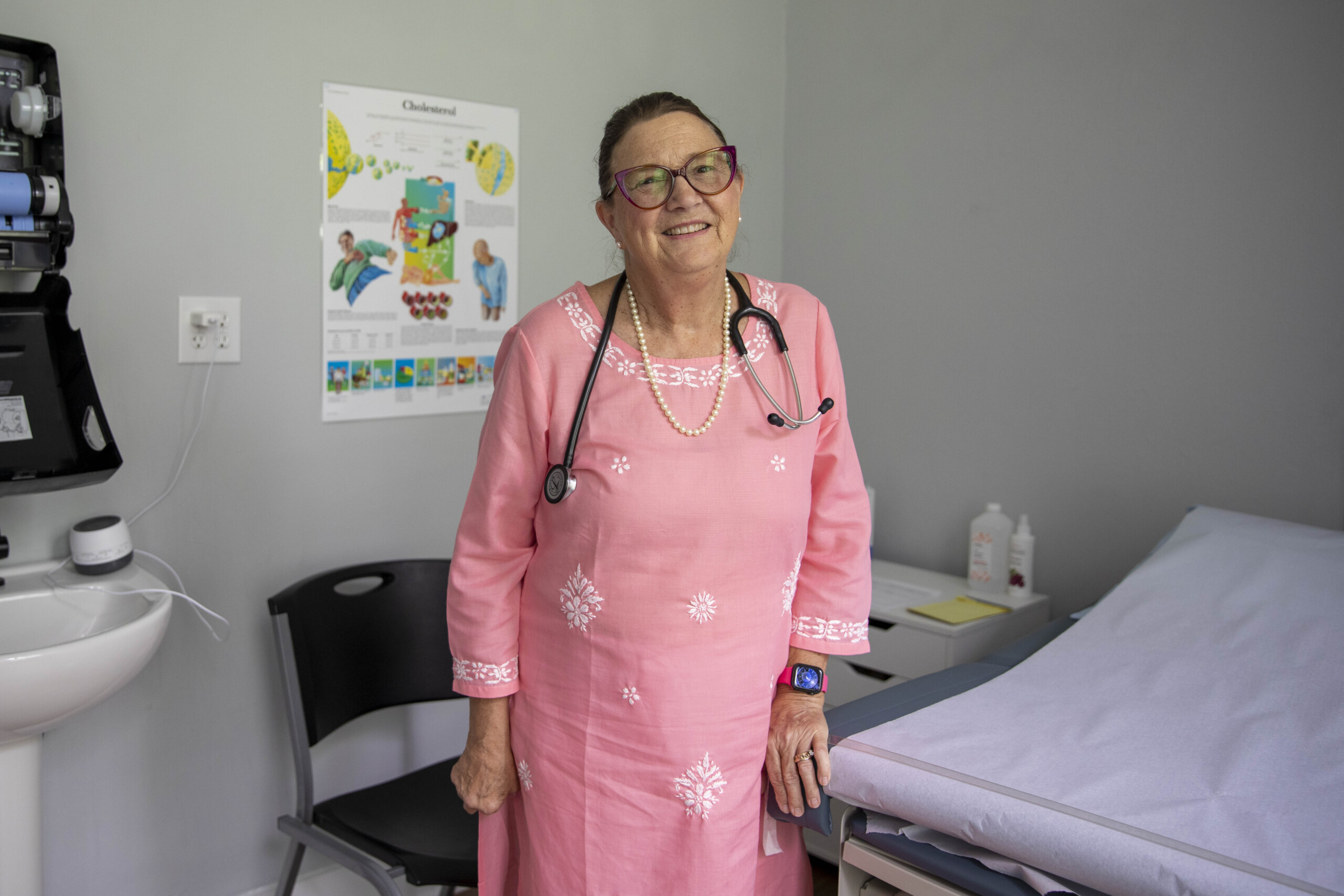
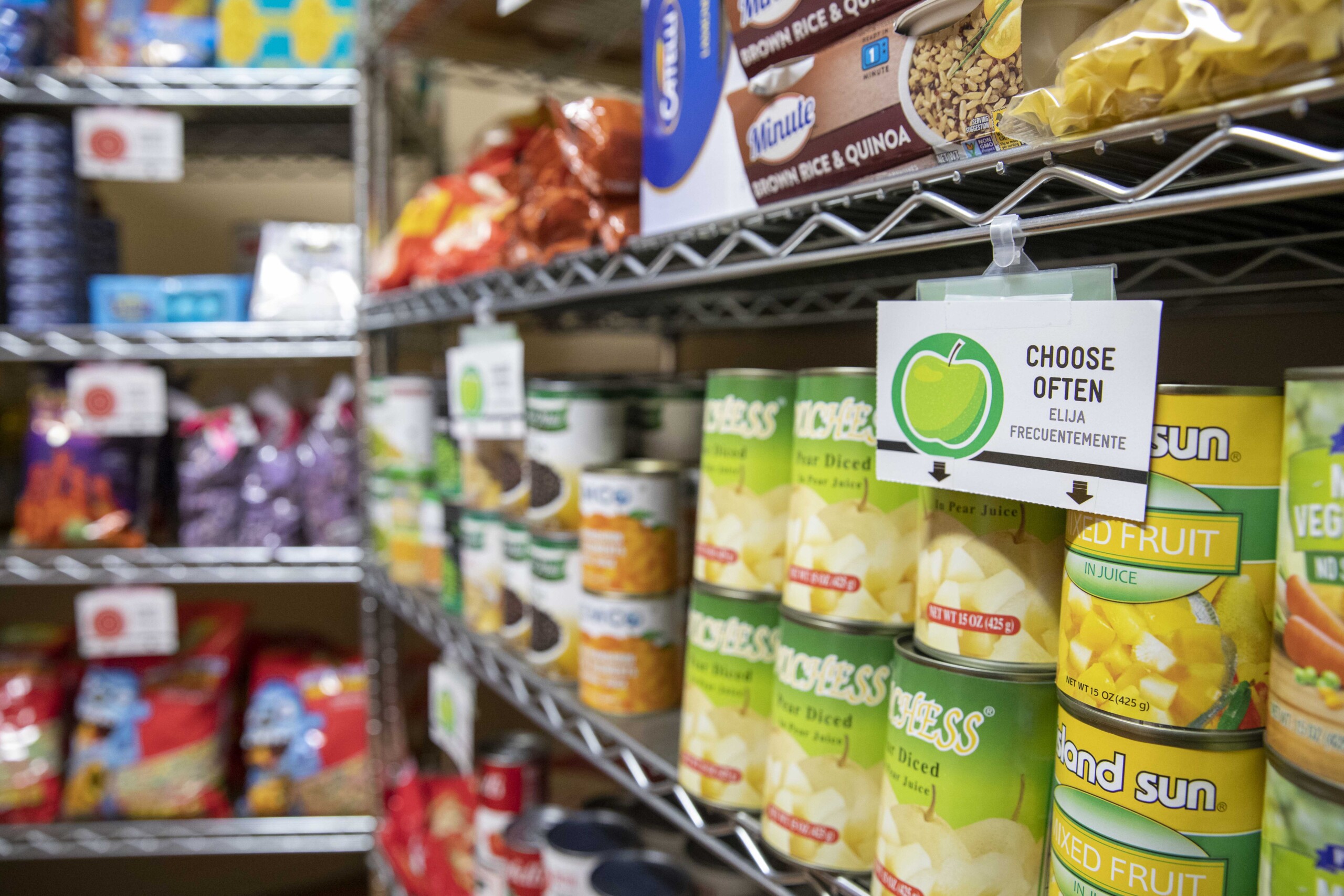
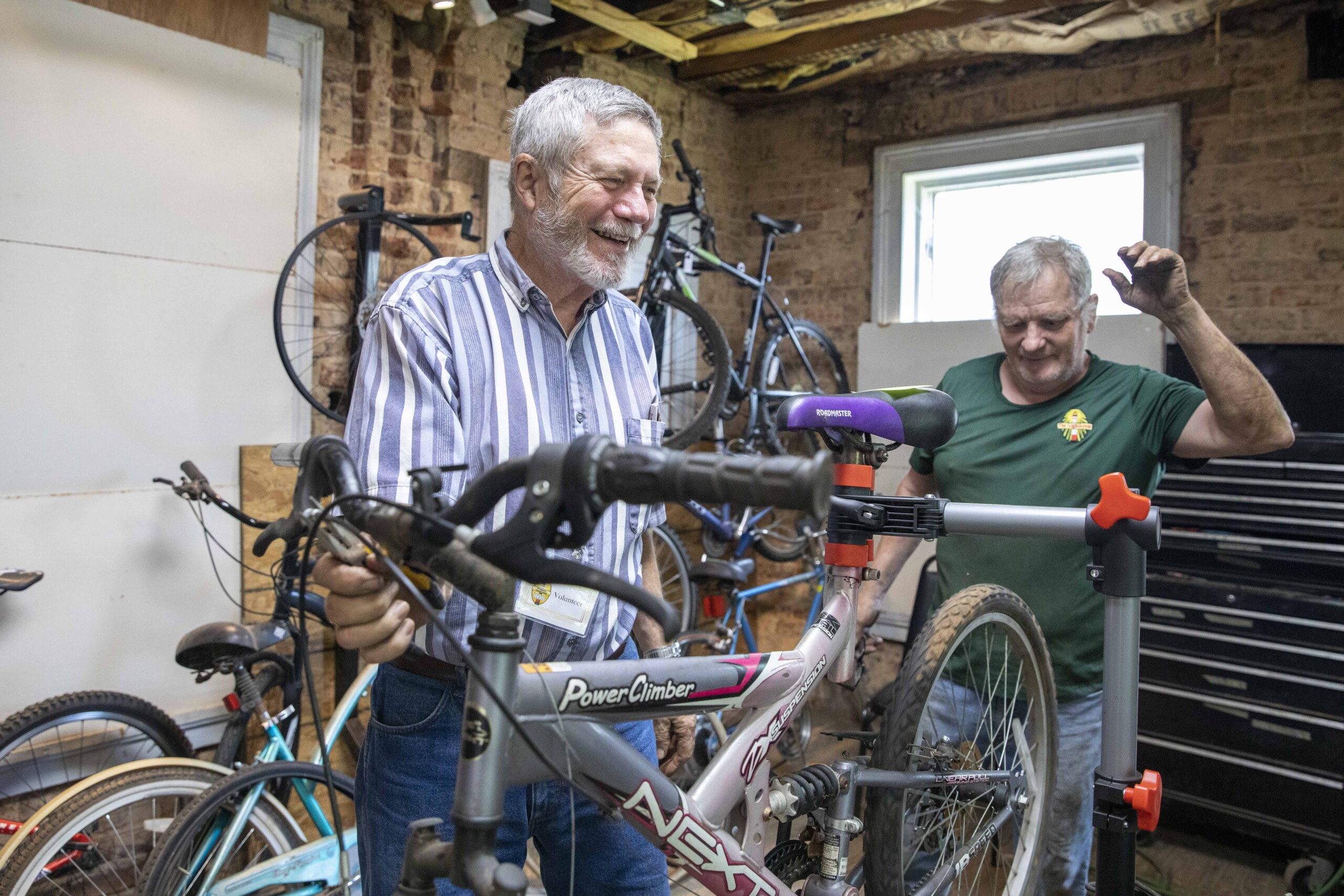
Lighthouse Community Center
Lighthouse Community Center is a partner serving the Lynchburg area. Their mission is to help pave the way for improved quality of life through dignified, tangible programs and supportive services that provide security and foster self-reliance. Outside of distributing healthy, hot meals to-go for neighbors, they also provide wraparound services, including a food pantry, healthcare clinic, community bike program, and clothing closet. They are making a big difference in supporting their guests’ health and well-being!
A Closer Focus: The Healthy Pantry Initiative (HPI)
The Healthy Pantry Initiative is an exciting collaboration in progress, one that we are leaning into. Last year, representatives of Virginia’s seven food banks formed a Healthy Pantry design team, coordinated by the Federation of Virginia Food Banks. Work group members included people who have lived experience with food insecurity, staff from each Virginia food bank, and leaders from affiliated organizations across the state.
Most guests receive their food from food pantries, soup kitchens, and shelters. With that fact in mind, the design team focused on the Healthy Pantry Initiative first because investing resources at the pantry level will have the biggest impact on health equity and nutrition for guests, across Virginia.
The design team members asked, “What makes a food pantry welcoming, accessible, and health-focused for different guests?” The result—20 practices that promote the health of our guests within pantry settings. Those 20 practices are organized within four categories:
- Food availability: Foods offered through the pantry network that meet the unique dietary needs of neighbors facing hunger.
- Community connection: Partners working in collaboration to connect neighbors with additional resources and support to help them thrive.
- Health education: Neighbors are empowered with the tools to make healthy choices.
- Neighbor-centered: Barriers are removed so that guests can access the foods needed to thrive.
The Food Bank is currently working with our partner pantries to better understand their needs to implement or expand practices as part of the HPI. When partners opt in, they will receive more resources and support to move forward.
We are grateful for the spirit of collaboration and inclusion as we work together to help our neighbors achieve their desired level of health.

